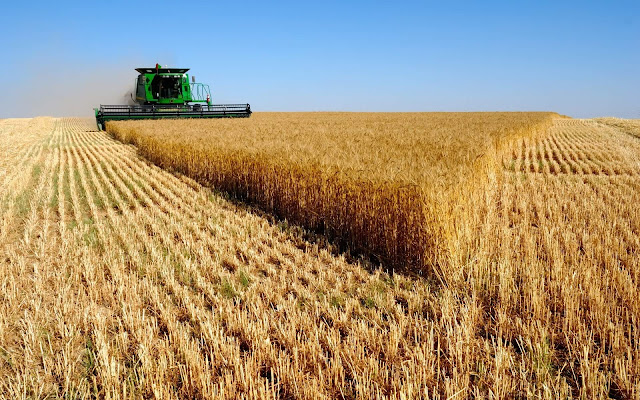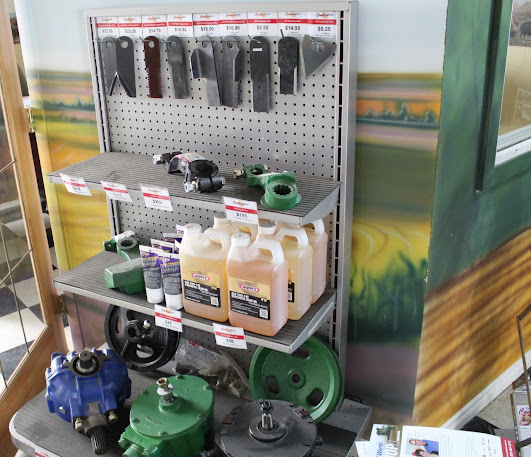The Benefits of Harvesting High Moisture Corn: Increased Yield and Nutritional Value
In the ever-evolving landscape of modern agriculture, farmers continually seek innovative methods to enhance their crop yields and improve the quality of their harvests. One such practice that has gained significant attention is the harvesting of high-moisture corn. This technique involves harvesting corn at a higher moisture content than traditional methods. While it may seem counterintuitive to harvest corn with higher moisture content, this approach offers many benefits, including increased yield potential and improved nutritional content.
Understanding High Moisture Corn Harvesting
High moisture corn harvesting involves harvesting corn at a moisture content higher than the standard 15-20% moisture level typically recommended for traditional grain harvest. This method harvests corn at around 24-32% moisture content. This practice requires specialized equipment, such as a high-moisture corn harvester or a combine equipped with a grain dryer.
Advantages of High Moisture Corn Harvesting
Increased Yield Potential: One of the most significant advantages of harvesting high-moisture corn is the potential for increased yields. When corn is harvested at higher moisture levels, the kernels are plumper and more substantial. This results in higher kernel weight, contributing to an overall increase in yield. The additional weight per kernel can lead to a substantial boost in yield, which is especially valuable in regions with unpredictable weather patterns or limited growing seasons.
Reduced Risk of Weather-related Losses: Traditional dry corn harvesting requires waiting until the moisture content of the crop falls within the optimal range. This can lead to delays, especially in regions prone to sudden weather changes. Harvesting high-moisture corn allows farmers to bring in their crop earlier, reducing the risk of weather-related losses such as mold, fungus, or lodging. Early harvesting also reduces the likelihood of corn being exposed to unfavourable weather conditions while still in the field.
Improved Nutritional Content: High-moisture corn contains a higher nutritional content compared to dry corn. The kernels are softer and more digestible, making them an ideal feed for livestock. Additionally, the increased moisture content helps preserve the quality of the kernels during storage, reducing the potential for mold growth and spoilage. This is particularly advantageous for farmers who use corn as animal feed, as it can lead to healthier livestock and improved production outcomes.
Enhanced Operational Efficiency: Harvesting high-moisture corn can streamline farm operations. Since the moisture content of the corn is higher, there's less need for extensive drying processes, which can be both time-consuming and energy-intensive. This can lead to cost savings and increased operational efficiency for farmers.
Flexibility in Harvest Timing: High moisture corn harvesting offers greater flexibility in terms of harvest timing. Farmers can begin harvesting their crop earlier, allowing them to use their equipment and labour resources more efficiently. This flexibility can be especially crucial in areas with unpredictable weather patterns, allowing farmers to adapt to changing conditions without compromising their harvest.
Conclusion
The benefits of harvesting high-moisture corn are undeniable in the quest for improved agricultural practices. From increased yield potential and reduced weather-related losses to enhanced nutritional content and operational efficiency, this innovative technique offers a range of advantages that can positively impact a farmer's bottom line. While high-moisture corn harvesting requires specialized equipment and careful management, the potential rewards make it a compelling option for farmers looking to optimize their crop yields and improve the quality of their harvests. As agriculture continues to evolve, embracing practices like high-moisture corn harvesting will play a pivotal role in ensuring a more resilient and productive farming future.





Comments
Post a Comment